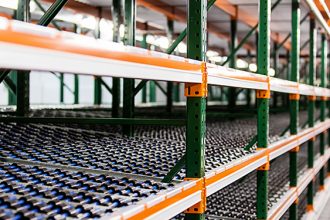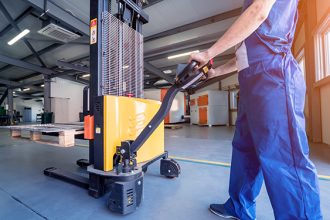Automation: A Friend Or Foe To Ergonomics?
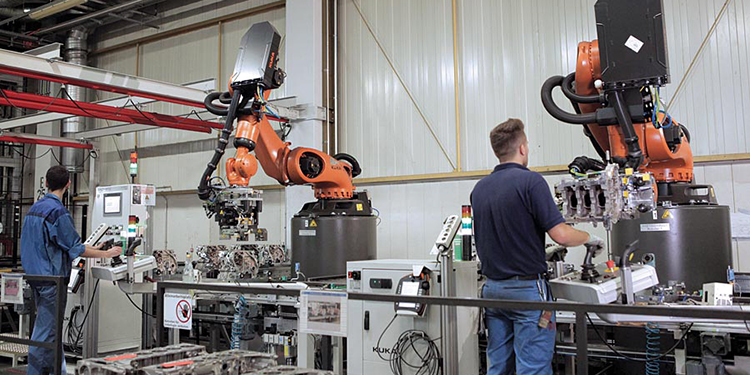
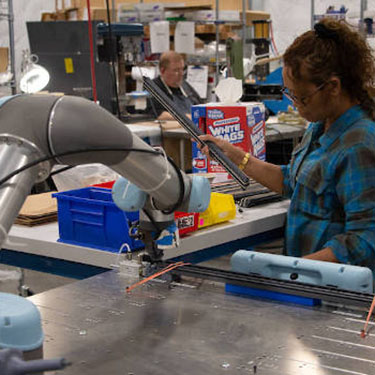 The number one cause of occupational, lost time injuries is bodily reaction to overexertion, which — according to the National Safety Council — accounts for over 30% of days missed. That injury rate of 27 per 10,000 full-time workers is attributed to two causes:
The number one cause of occupational, lost time injuries is bodily reaction to overexertion, which — according to the National Safety Council — accounts for over 30% of days missed. That injury rate of 27 per 10,000 full-time workers is attributed to two causes:
- Non-impact injuries due to activities such as lifting, pushing, turning, holding, reaching, pulling, bending, or carrying.
- Repetitive motion injuries caused by consistent, routine use of the same group of muscles to perform the same task over-and-over, typically without strenuous effort.
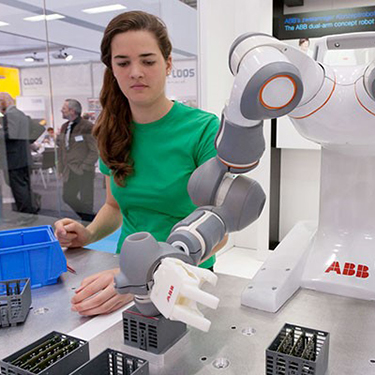 With factory assembly, warehousing and transportation workers being most at risk of this type of injury, which typically results in 13 lost days of work, facility owners often cite ergonomic benefits as one of many reasons for implementing automated material handling solutions. Automation, including systems that deliver work to associates assigned to a static workstation — such as goods-to-person (G2P) storage and retrieval systems that present totes of items for picking or collaborative robots (cobots) that bring work in process for assembly operations — certainly reduces the amount of walking, lifting, pulling, reaching, twisting, stretching (and more). Indeed, this can alleviate the repetitive nature of tasks that workers often find tedious and boring, making an automated solution a friend to ergonomics.
With factory assembly, warehousing and transportation workers being most at risk of this type of injury, which typically results in 13 lost days of work, facility owners often cite ergonomic benefits as one of many reasons for implementing automated material handling solutions. Automation, including systems that deliver work to associates assigned to a static workstation — such as goods-to-person (G2P) storage and retrieval systems that present totes of items for picking or collaborative robots (cobots) that bring work in process for assembly operations — certainly reduces the amount of walking, lifting, pulling, reaching, twisting, stretching (and more). Indeed, this can alleviate the repetitive nature of tasks that workers often find tedious and boring, making an automated solution a friend to ergonomics.
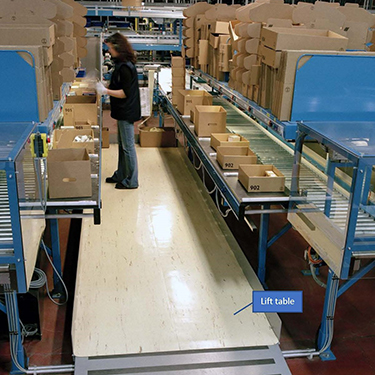 However, once the automation is deployed, the new work process may result in a new type of repetitive motion or activity that ultimately does not improve worker ergonomics. It simply changes the nature of the repetitive task, making it a potential ergonomic foe. To avoid this occurrence, consider following these three best practice recommendations when implementing an automated solution:
However, once the automation is deployed, the new work process may result in a new type of repetitive motion or activity that ultimately does not improve worker ergonomics. It simply changes the nature of the repetitive task, making it a potential ergonomic foe. To avoid this occurrence, consider following these three best practice recommendations when implementing an automated solution:
- Rotate Tasks. Many operations require several steps to complete a process, such as picking items and packing boxes, or adding one component to a workpiece at a specific station and a different part at the next work cell. Instead of stationing a worker at the same spot to perform the same task repeatedly throughout their shift, rotating associates periodically through different work areas will prevent them from continuously using the same muscle groups during the day. Whether this rotation occurs every 30 minutes, every 2 hours, or after lunch break, the switch will reduce the risk of repetitive stress injuries across the entire workforce assigned to those tasks. And, as an additional bonus, it also ensures that staffers are cross trained on a variety of processes, preventing boredom, boosting accuracy, and mitigating productivity loss due to absences.
- Change the Worker’s Position. Many workstations these days are adjustable; raising the surface height at regular intervals will prompt the associate to either sit or stand. Where heavy or oversized work pieces are prevalent, the worker can be raised or lowered by using a personal lift. The change in position results in different muscle groups being used to perform the same task, lowering the chance of injury. These adjustments will also reduce fatigue and improve productivity.
- Program the Automation to Adjust the Work. A cobot can be programmed to switch up the angle or orientation of the work presented to the associate. Conversely, it can be programmed to deliver a different type of workpiece or item. Either requires a different set of muscles and motions to complete the task, reducing the risk of repetitive stress and improving the ergonomics.
 Automation is clearly a terrific development in the world of material handling, as it helps the existing workforce be more efficient and productive while improving the nature of the work. However, before implementing an automated G2P or cobot solution, be sure to consider how the new process will affect the workers who interact with the equipment to ensure one repetitive and potentially injury prone task isn’t replaced with another — and, if it is, consider one of the suggestions above to minimize the ergonomic risks.
Automation is clearly a terrific development in the world of material handling, as it helps the existing workforce be more efficient and productive while improving the nature of the work. However, before implementing an automated G2P or cobot solution, be sure to consider how the new process will affect the workers who interact with the equipment to ensure one repetitive and potentially injury prone task isn’t replaced with another — and, if it is, consider one of the suggestions above to minimize the ergonomic risks.
Looking for more ways to improve the ergonomics of your workforce? The members of the Ergonomic Assist Systems & Equipment (EASE) Industry Group of MHI offer a variety of checklists for free download, here.


